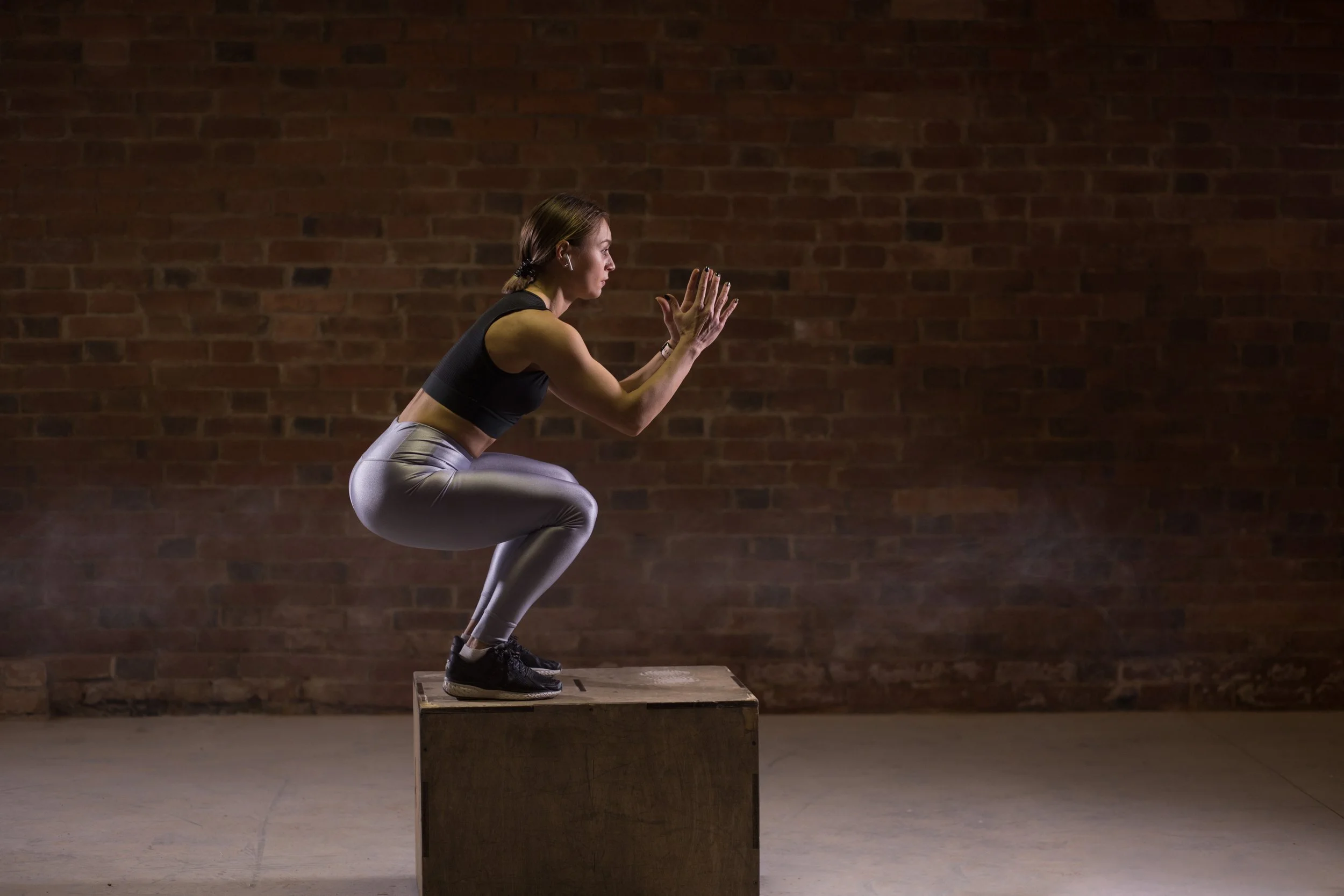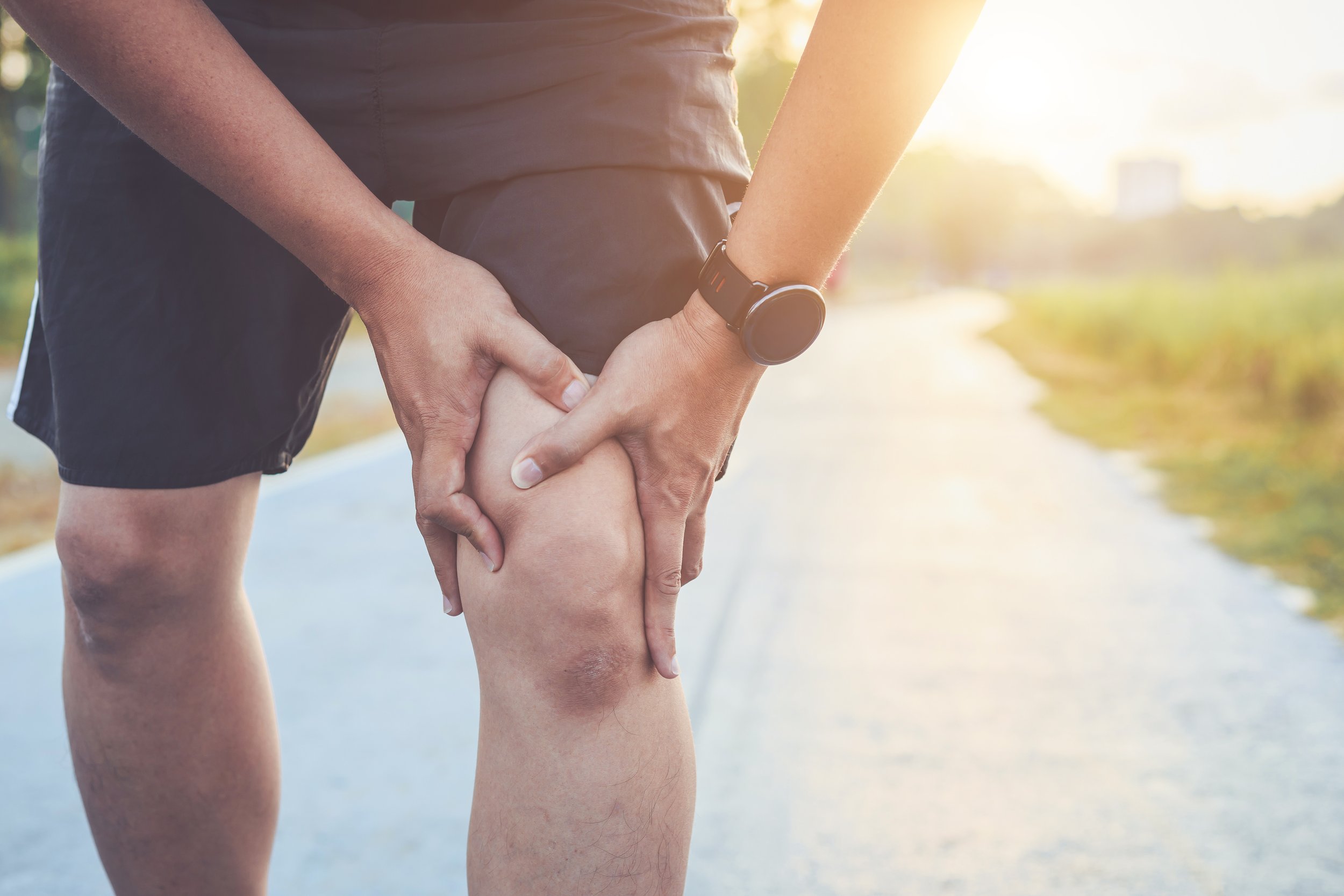It is that time of year where many people are hitting the pavement and trails ramping up for races or just general fitness goals. Some may have gutted out the wintry weather and tried to sneak in runs during breaks in the rain or indoors on the always reliable treadmill. With an increase in volume of running, we often see repetitive stress injuries that can come with inadequate attenuation of forces. If you’ve been running long enough, chances are you know someone or have a running partner who dealt with a recalcitrant tendon issue, whether involving the Achilles tendon, peroneal tendon or patellar tendon. Or maybe you had to deal with it yourself. If so, hopefully you’ve packed your patience as the process can be frustrating. If you have ever had these injuries sideline you then you know how it can hinder your ability to compete in athletic activities. It’s helpful to understand the physiology of what is happening to the tendon in order to know how best to treat it, ideally while working alongside a physical therapist familiar with running and jumping injuries.
Bone Stress Injuries
What is a bone stress injury (BSI) and how do I know I have one? How long will it take to get me back to running? As a physical therapist who treats a lot of runners and as a lifelong runner myself, I have always had a passion for keeping runners running. The act of running can make someone’s day tick along better, can help with consistent sleep, calm the nerves and can even make a runner more fun to be around. It can be social or an act of solitude. It can be alarming for a runner when they start to experience a nagging pain that doesn’t warm up or even worsens as they run. Pain that doesn’t dissipate with a warm-up routine or is vague at first but then becomes localized or intensifies through the run can be a sign of a bone stress injury or BSI. BSI is a general term indicating mechanical load is exceeding the bone’s structural ability to withstand the load. However, BSIs occur on a continuum. One end of that continuum is a stress reaction, the other end can be stress fracture or even a full fracture of the bone. The runner recognizes this as pain that isn’t normally present. BSIs can occur for many reasons whether due to biomechanics or from a nutritional standpoint or a combination of both. As high-school and college cross-country runners prepare now for this upcoming season, they should be aware of the common causes and ways to prevent bone stress injuries.
Turkey Bowl
Turkey Bowl 2023
CrossFit
In the ever-evolving world of fitness, CrossFit has emerged as a dynamic and intense workout regimen that captivates enthusiasts seeking a combination of strength, endurance, and functional workout. While it has gained popularity rapidly over the last decade, there is a large amount of misinformation and preconceptions regarding it as a means of physical activity. As a physical therapist, my aim is to provide you with a holistic view of CrossFit—highlighting its benefits, potential drawbacks, and the role of physical therapy in your health journey.
Bone Stress Injuries
What is a bone stress injury (BSI) and how do I know I have one? How long will it take to get me back to running? As a physical therapist who treats a lot of runners and as a lifelong runner myself, I have always had a passion for keeping runners running. The act of running can make someone’s day tick along better, can help with consistent sleep, calm the nerves and can even make a runner more fun to be around. It can be social or an act of solitude. It can be alarming for a runner when they start to experience a nagging pain that doesn’t warm up or even worsens as they run. Pain that doesn’t dissipate with a warm-up routine or is vague at first but then becomes localized or intensifies through the run can be a sign of a bone stress injury or BSI. BSI is a general term indicating mechanical load is exceeding the bone’s structural ability to withstand the load. However, BSIs occur on a continuum. One end of that continuum is a stress reaction, the other end can be stress fracture or even a full fracture of the bone. The runner recognizes this as pain that isn’t normally present. BSIs can occur for many reasons whether due to biomechanics or from a nutritional standpoint or a combination of both. As high-school and college cross-country runners prepare now for this upcoming season, they should be aware of the common causes and ways to prevent bone stress injuries.
Patellafemoral Pain Syndrome
What is Patellofemoral Pain Syndrome?
Patellofemoral pain syndrome (PFPS), also known as “runner’s knee”, is a broad term that describes pain in the front of the knee and around the kneecap. It’s one of the most common overuse injuries of the knee. Although it’s more common in individuals that participate in sports with lots of running or jumping, it can occur in nonathletes as well.
Couch to 5K
Like many of us do in the New Year, I made it a goal to become more healthy and active in 2023. One of my goals was to Become A Runner– a tall order for me. To be completely honest, running and I haven’t had the best relationship. For me, running had to involve chasing a ball to be interesting… football, basketball, volleyball, softball, even spikeball. Running for the sake of running itself has never been at the top of my list. I’ve come up with a lot of excuses to avoid it: running is boring, it’s no fun to run on a track/treadmill, and most frequently, “running hurts my…(insert painful body part of the week)”. At the time, I automatically assumed that jogging would exacerbate my pain, rather than help it. However, as a physical therapist I have plenty of opportunities to treat runners, and have helped each return to their sport one by one. With my resolutions this year, my thoughts began to shift: if I could help others manage their injuries and return to running, then why couldn’t I do the same for myself? I decided to take on the challenge of performing my own case study, with myself as the patient: Can this couch potato successfully build his way to running a 5k?
Patellofemoral Pain Syndrome
What is Patellofemoral Pain Syndrome?
Patellofemoral pain syndrome (PFPS), also known as “runner’s knee”, is a broad term that describes pain in the front of the knee and around the kneecap. It’s one of the most common overuse injuries of the knee. Although it’s more common in individuals that participate in sports with lots of running or jumping, it can occur in nonathletes as well.
Plantar Fasciitis
The early signs of Plantar Fasciitis include:
Pain or burning sensation in the heel or the bottom of the foot, especially in the morning or after sitting for a long time.
Stiffness in the foot, especially in the heel area.
Tenderness in the heel or arch area when touched.
Swelling or redness in the heel area.
Pain that worsens after standing, walking or running for long periods of time.
Turkey Bowl
Running Warmup & Stretching?
It is that time of year where many people are hitting the pavement and trails ramping up for races or just general fitness goals. Some may have gutted out the wintry weather and tried to sneak in runs during breaks in the rain or indoors on the always reliable treadmill. With an increase in volume of running, we often see repetitive stress injuries that can come with inadequate attenuation of forces. If you’ve been running long enough, chances are you know someone or have a running partner who dealt with a recalcitrant tendon issue, whether involving the Achilles tendon, peroneal tendon or patellar tendon. Or maybe you had to deal with it yourself. If so, hopefully you’ve packed your patience as the process can be frustrating. If you have ever had these injuries sideline you then you know how it can hinder your ability to compete in athletic activities. It’s helpful to understand the physiology of what is happening to the tendon in order to know how best to treat it, ideally while working alongside a physical therapist familiar with running and jumping injuries.
Heat or Ice?
Ice or Heat: Body Pain’s Greatest Question
Life has a funny way of leaving its mark on us and quite often it can hurt! By now you’ve likely experienced some kind of injury that caused bruising, swelling, and worst of all pain, either acute or chronic. With any injury therein lies the proverbial question, “should I use ice or heat?” The concept of applying these thermal modalities can seem relatively simple and straight forward but it can become confusing as not every injury presents the same. Thus it makes senses why I’m frequently asked which one should be used for a particular injury. Sometimes I’ve suggested that both are appropriate depending on the situation. Improper use of these modalities can slow your recovery, so it is important to base your decision on physiology and what is most safe and effective.
ACL Series Part 3: Rehab
Right now, I am 1.5 years post ACL surgery, but 3.5 years post ACL injury. I will be recalling my experience starting at the time of injury all the way through my individual Physical Therapy experience. This will be a multi-part series that tells my story, plus various research facts and personal details along the way.
ACL Series Part 2: Surgery
Right now, I am 1.5 years post ACL surgery, but 3.5 years post ACL injury. I will be recalling my experience starting at the time of injury all the way through my individual Physical Therapy experience. This will be a multi-part series that tells my story, plus various research facts and personal details along the way.
Hip Osteoarthritis
Osteoarthritis is one of the most common orthopedic conditions among physical therapy patients. Osteoarthritis (OA) describes degeneration of cartilage and, eventually, bone in a moving joint. The development of OA can be the result of a previous injury or specific joint condition but is most often idiopathic in nature.1 Knees, hips, and thumbs are notorious for developing OA as a result of the large, repetitive forces these joints have to absorb over the course of a lifetime.2 The term OA refers to a wide spectrum of joint degeneration and can sometimes be used to describe a joint that appears damaged on an X-ray but doesn’t hurt or cause a decline in function (asymptomatic osteoarthritis). Various studies of the general population in the U.S. estimate that 20-28% of adults aged 60+ have evidence of hip OA on an X-ray, yet only 4-10% of this population have pain or poor function due to hip OA.3,4 Although an X-ray may show hip joint degenerative changes, treatment generally does not occur until someone begins to have symptoms.
ACL Series Part 1: Pre-Surgery
Right now, I am 1.5 years post ACL surgery, but 3.5 years post ACL injury. I will be recalling my experience starting at the time of injury all the way through my individual Physical Therapy experience. This will be a multi-part series that tells my story, plus various research facts and personal details along the way.
Knee Osteoarthritis in Runners?
Does Running Cause Knee Arthritis?
In my practice, I frequently have the opportunity to interact with runners. Running is a repetitive activity that certainly has injury risk. I do frequently come across runners and people who have quit running saying something like: “I know running will give me arthritis, but I just love to do it.” or “I quit running because I was afraid of developing arthritis in my knees.” Common thought continues to be that the impact of running does lead to arthritis.
Examining the Evidence
Do our perceptions meet reality? Let’s look at the research to find out.
Medial Tibial Stress Syndrome
What is Medial Tibial Stress Syndrome?
Medial tibial stress syndrome (MTSS), also known as “shin splints”,
is an overuse injury that causes pain at the front of the shin with exercise. MTSS is an early stress injury along a spectrum that includes tibial stress fractures. It is most common in runners, jumping athletes, and military personnel-- individuals which undergo recurrent impact exercise.
Differential diagnosis of MTSS requires clinicians to distinguish MTSS from tibial stress fractures, exertional compartment syndrome, peripheral vascular disease or popliteal artery entrapment, and other less common causes of exertional pain in the lower extremities, including muscle or fascia involvement or nerve entrapment syndromes.
Iliotibial Band Syndrome
IT Band Syndrome
What is it?
Iliotibial band syndrome (ITBS) is a common overuse injury characterized by pain at the outside of the knee. It’s particularly prevalent in endurance athletes such as runners and cyclists-- those who undergo repetitive back-and-forth knee movements. In fact, ITBS is the leading cause of lateral knee pain and the second leading cause of overall knee pain in this population.


















